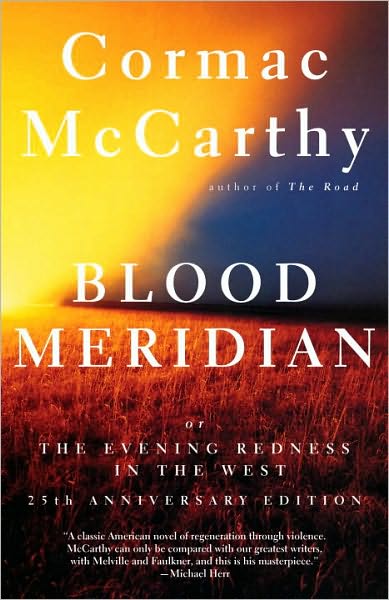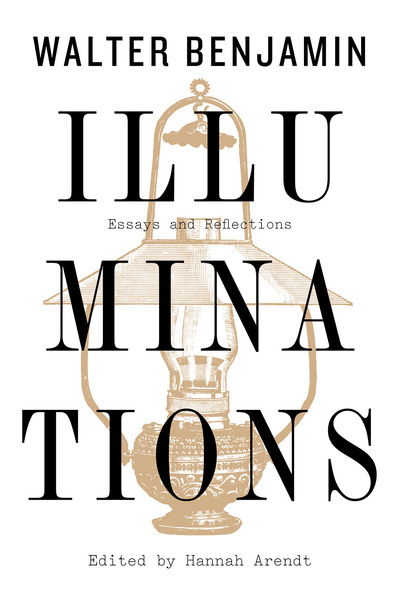
Tell your friends about this item:
The Waste Land: 'one of the Most Important Poems of the 20th Century.'
T S Eliot
The Waste Land: 'one of the Most Important Poems of the 20th Century.'
T S Eliot
Publisher Marketing: 'one of the most important poems of the 20th century.' The Waste Land By T. S. Eliot "The Waste Land," by T. S. Eliot, is widely regarded as "one of the most important poems of the 20th century" and a central text in Modernist poetry. Published in 1922, the 434-line poem first appeared in the United Kingdom in the October issue of The Criterion and in the United States in the November issue of The Dial. It was published in book form in December 1922. Among its famous phrases are "April is the cruellest month," "I will show you fear in a handful of dust," and the mantra in the Sanskrit language "Shantih shantih shantih." Eliot probably worked on the text that became The Waste Land for several years preceding its first publication in 1922. In a letter to New York lawyer and patron of modernism John Quinn dated 9 May 1921, Eliot wrote that he had "a long poem in mind and partly on paper which I am wishful to finish." Richard Aldington, in his memoirs, relates that "a year or so" before Eliot read him the manuscript draft of The Waste Land in London, Eliot visited him in the country. While walking through a graveyard, they discussed Thomas Gray's Elegy Written in a Country Churchyard. Aldington writes: "I was surprised to find that Eliot admired something so popular, and then went on to say that if a contemporary poet, conscious of his limitations as Gray evidently was, would concentrate all his gifts on one such poem he might achieve a similar success." Eliot, having been diagnosed with some form of nervous disorder, had been recommended rest, and applied for three months' leave from the bank where he was employed; the reason stated on his staff card was "nervous breakdown." He and his first wife, Vivienne Haigh-Wood Eliot, travelled to the coastal resort of Margate for a period of convalescence. While there, Eliot worked on the poem, and possibly showed an early version to Ezra Pound when, after a brief return to London, the Eliots travelled to Paris in November 1921 and stayed with him. Eliot was en route to Lausanne, Switzerland, for treatment by Doctor Roger Vittoz, who had been recommended to him by Ottoline Morrell; Vivienne was to stay at a sanatorium just outside Paris. In Lausanne, Eliot produced a 19-page version of the poem. He returned from Lausanne in early January 1922. Pound then made detailed editorial comments and significant cuts to the manuscript. Eliot would later dedicate the poem to Pound. Contributor Bio: Eliot, T S When T. S. Eliot died, wrote Robert Giroux, "the world became a lesser place." Certainly the most imposing poet of his time, Eliot was revered by Igor Stravinsky "not only as a great sorcerer of words but as the very key keeper of the language." For Alfred Kazin he was "themana known as 'T. S. Eliot, ' the model poet of our time, the most cited poet and incarnation of literary correctness in the English-speaking world." Northrop Frye simply states: "A thorough knowledge of Eliot is compulsory for anyone interested in contemporary literature. Whether he is liked or disliked is of no importance, but he must be read." In 1945 Eliot wrote: "A poet must take as his material his own language as it is actually spoken around him." Correlatively, the duty of the poet, as Eliot emphasized in a 1943 lecture, "is only indirectly to the people: his direct duty is to his language, first to preserve, and second to extend and improve." (TPF)
| Media | Books Paperback Book (Book with soft cover and glued back) |
| Released | November 17, 2014 |
| ISBN13 | 9781503251991 |
| Publishers | Createspace |
| Genre | Topical > Death / Dying |
| Pages | 28 |
| Dimensions | 178 × 254 × 2 mm · 70 g |
More by T S Eliot
Others have also bought
See all of T S Eliot ( e.g. Paperback Book , Hardcover Book and Book )


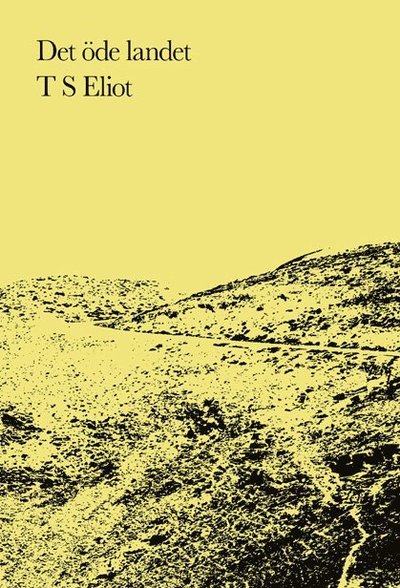


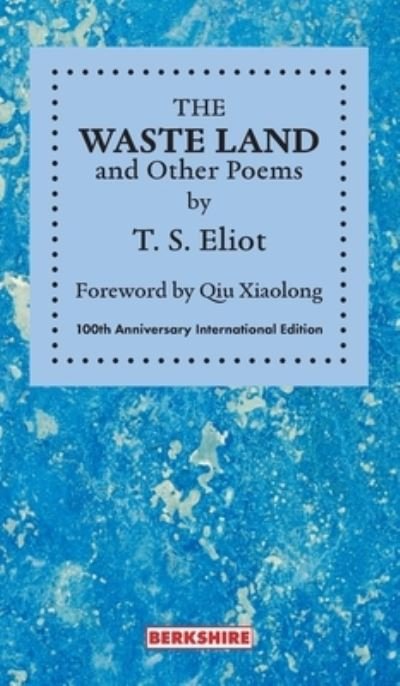

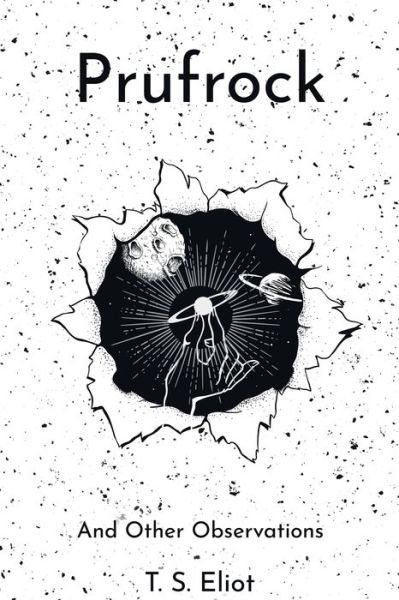
![Cover for T S Eliot · Poetry by T.S. Eliot (Paperback Book) [Deseret Alphabet edition] (2021)](https://imusic.b-cdn.net/images/item/original/578/9781458303578.jpg?t-s-eliot-2021-poetry-by-t-s-eliot-paperback-book&class=scaled&v=1640448536)
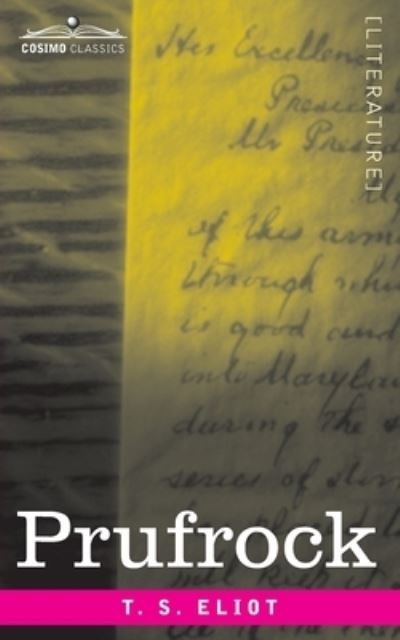
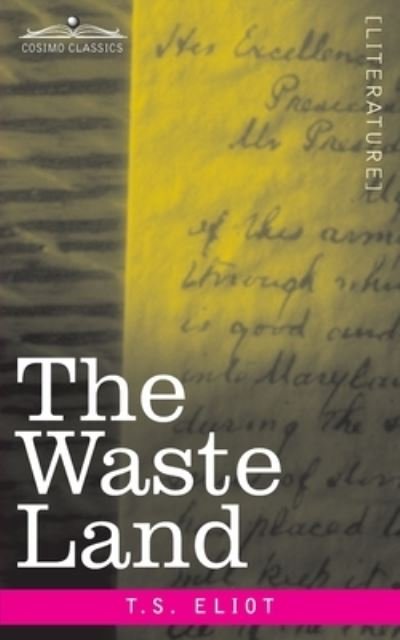
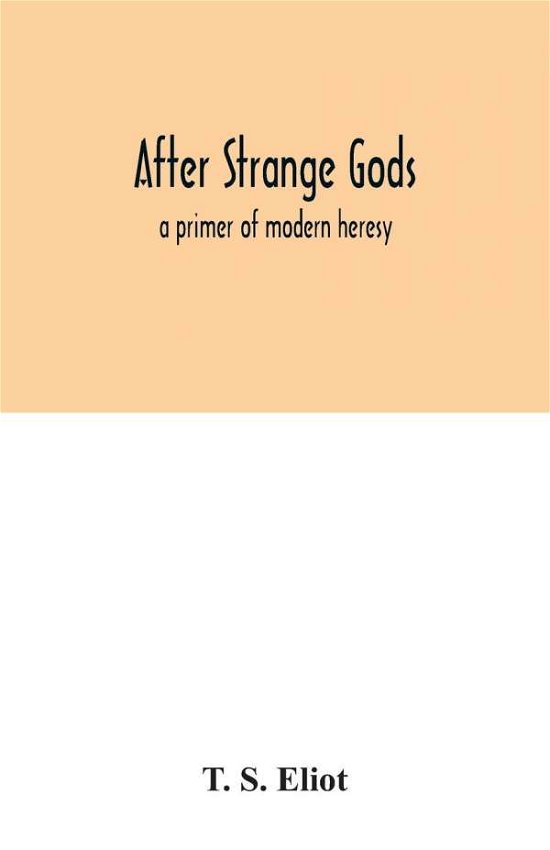
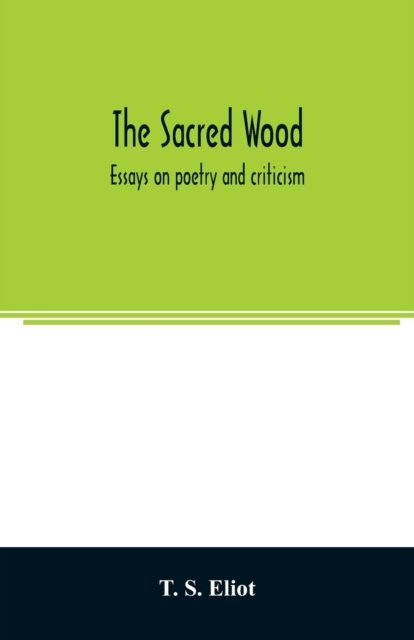
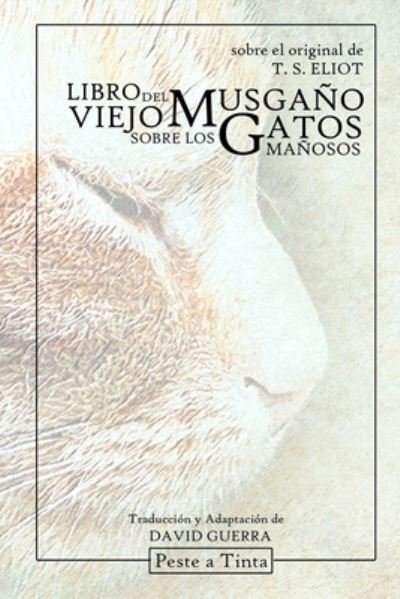
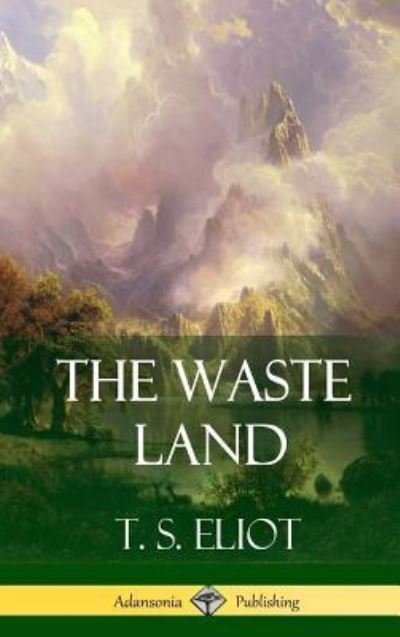


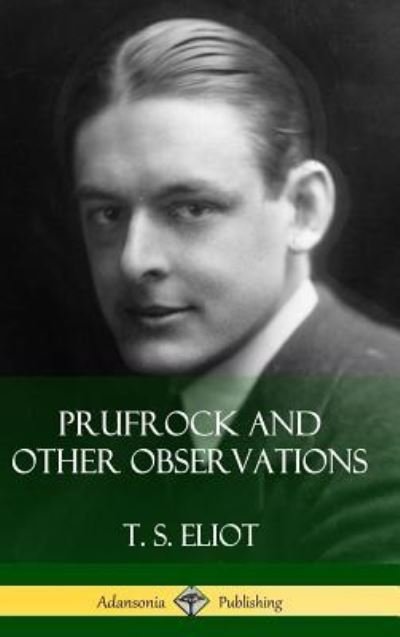


![Cover for T S Eliot · The Waste Land (Paperback Book) [Wisehouse Classics - Original Authoritative edition] (2016)](https://imusic.b-cdn.net/images/item/original/630/9789176372630.jpg?t-s-eliot-2016-the-waste-land-paperback-book&class=scaled&v=1519516512)

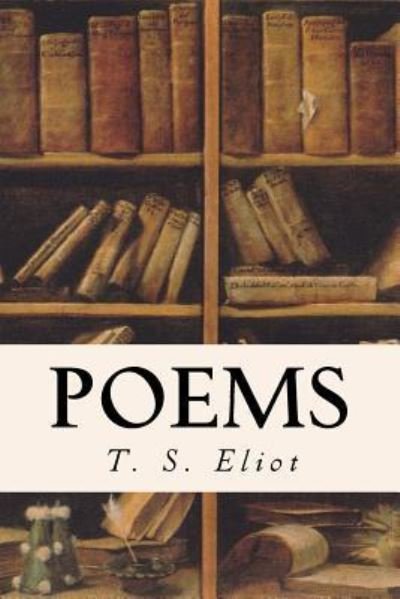
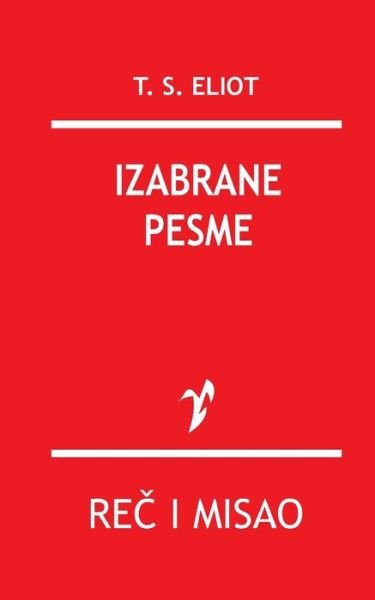
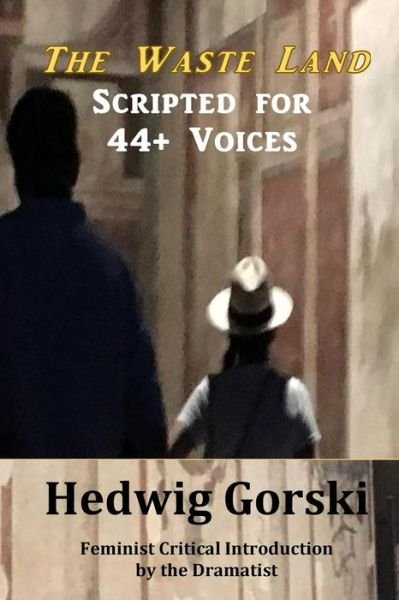

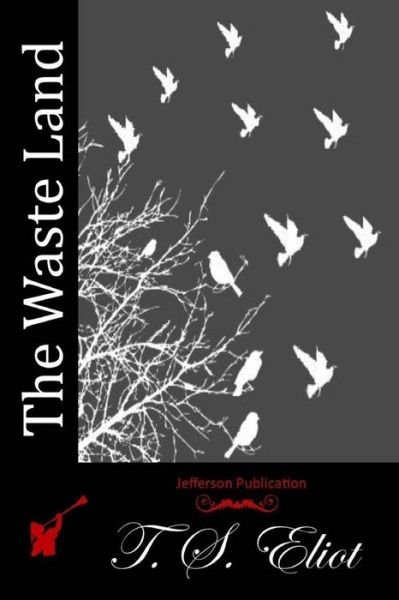
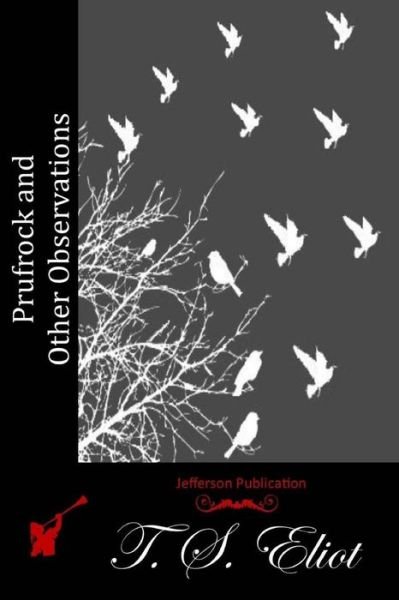
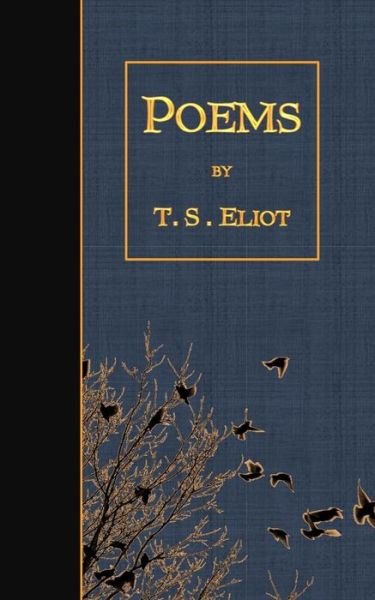

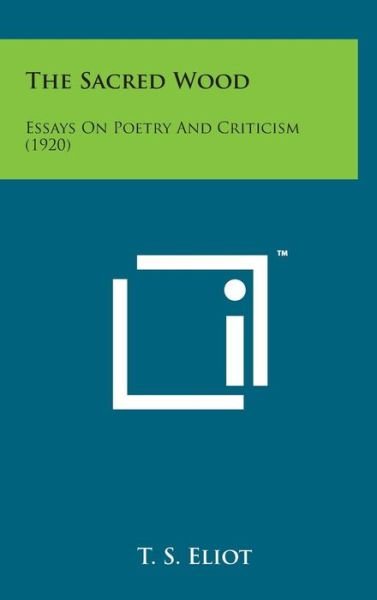
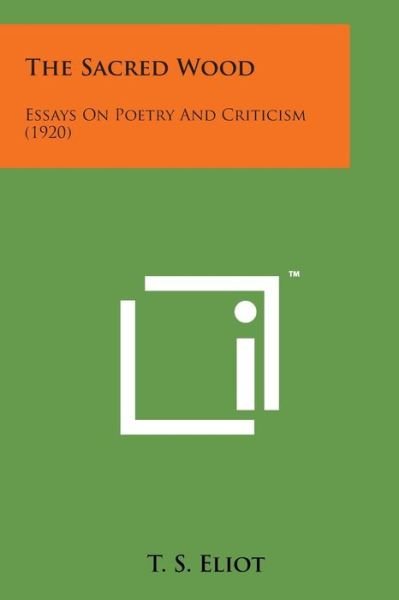
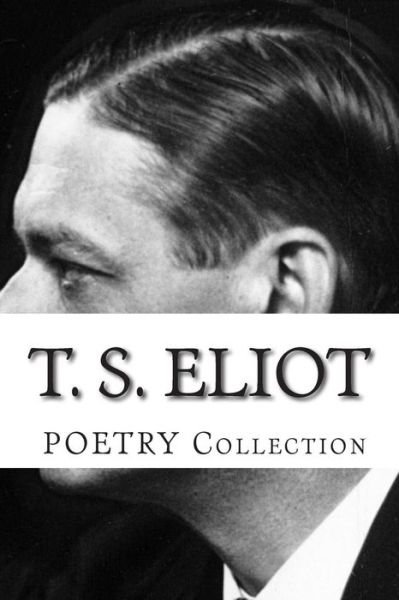
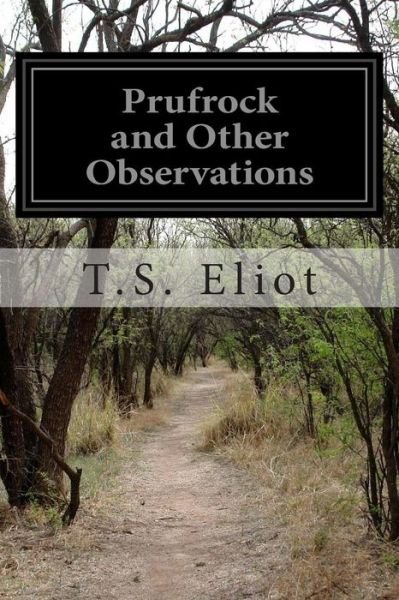
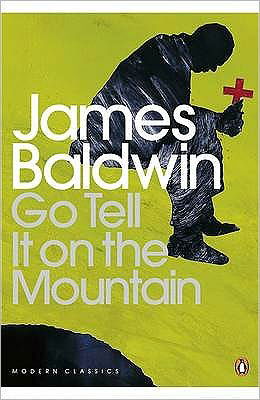
![Cover for Dante Alighieri · The Divine Comedy - Everyman's Library CLASSICS (Hardcover Book) [New edition] (1995)](https://imusic.b-cdn.net/images/item/original/831/9781857151831.jpg?dante-alighieri-1995-the-divine-comedy-everyman-s-library-classics-hardcover-book&class=scaled&v=1396953445)
![Cover for Hanne-Vibeke Holst · Det virkelige liv (Hardcover Book) [4th edition] [Hardback] (1998)](https://imusic.b-cdn.net/images/item/original/667/9788700349667.jpg?hanne-vibeke-holst-1998-det-virkelige-liv-hardcover-book&class=scaled&v=1331334012)
![Cover for Sven Nordqvist · Peddersen og Findus: Kan du ingenting, Peddersen? (Hardcover Book) [1st edition] (2019)](https://imusic.b-cdn.net/images/item/original/371/9788711918371.jpg?sven-nordqvist-2019-peddersen-og-findus-kan-du-ingenting-peddersen-hardcover-book&class=scaled&v=1571266754)
![Cover for Martin Heidegger · Klassikere: Sproget og Ordet (Sewn Spine Book) [2nd edition] (2019)](https://imusic.b-cdn.net/images/item/original/674/9788741278674.jpg?martin-heidegger-2019-klassikere-sproget-og-ordet-sewn-spine-book&class=scaled&v=1573895059)
![Cover for Henri Bergson · Rævens Sorte Bibliotek: Latteren (Sewn Spine Book) [2nd edition] (2017)](https://imusic.b-cdn.net/images/item/original/566/9788773783566.jpg?henri-bergson-2017-raevens-sorte-bibliotek-latteren-sewn-spine-book&class=scaled&v=1508349790)
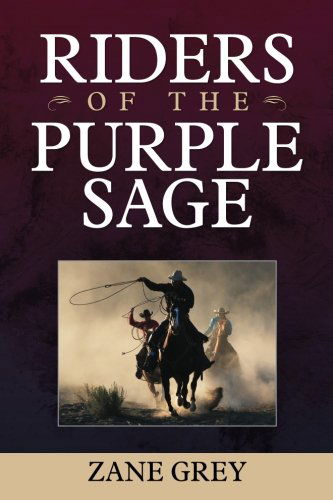
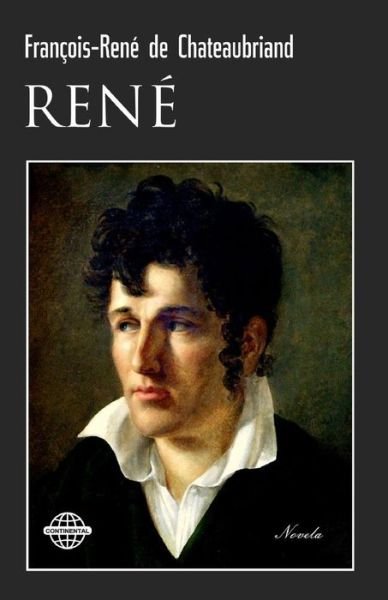
![Cover for Lewis Carroll · Alice's Adventures in Wonderland and Through the Looking Glass (Paperback Book) [1st edition] (2003)](https://imusic.b-cdn.net/images/item/original/761/9780141439761.jpg?lewis-carroll-2003-alice-s-adventures-in-wonderland-and-through-the-looking-glass-paperback-book&class=scaled&v=1467971746)
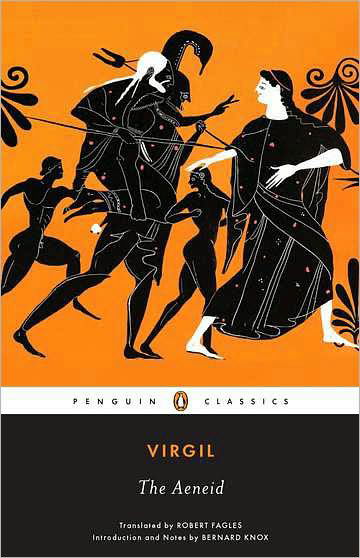
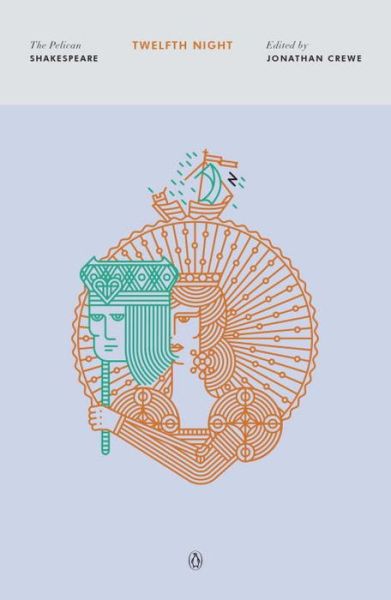
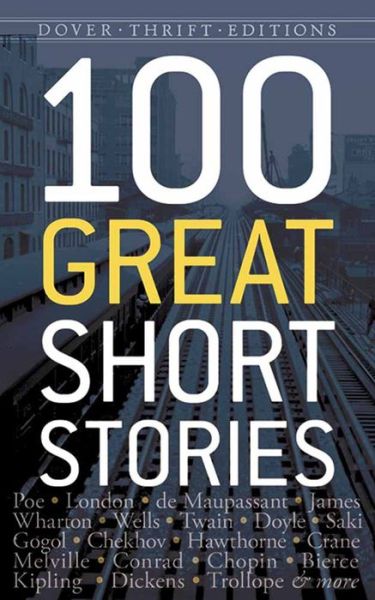
![Cover for Ralph Ellison · Invisible Man - Modern Library 100 Best Novels (Hardcover Book) [New edition] (1994)](https://imusic.b-cdn.net/images/item/original/395/9780679601395.jpg?ralph-ellison-1994-invisible-man-modern-library-100-best-novels-hardcover-book&class=scaled&v=1420142755)
